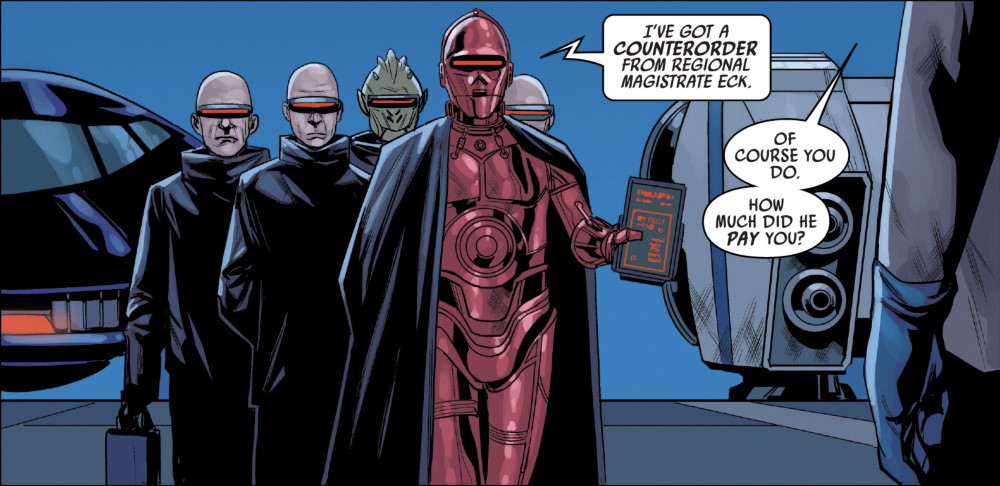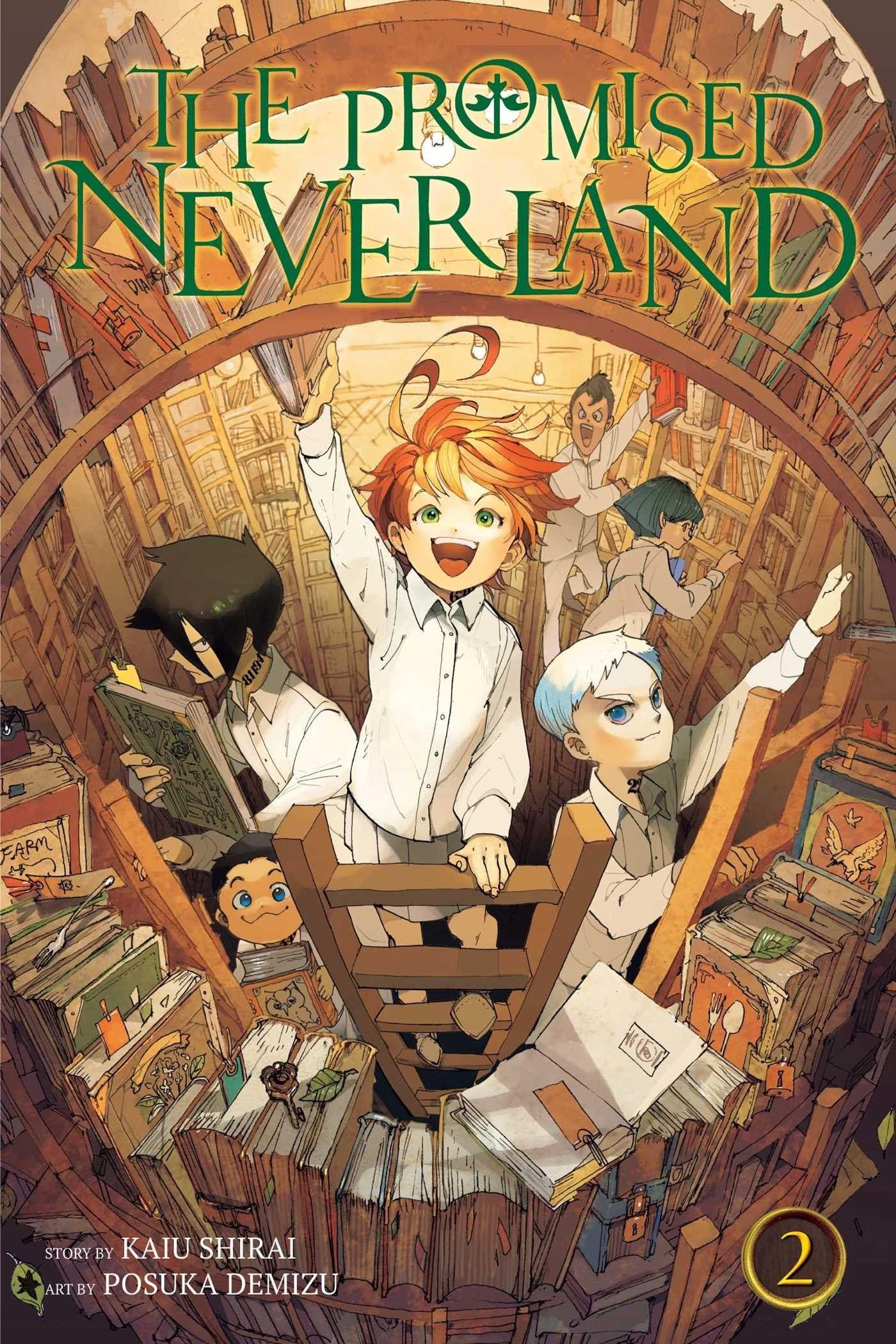
Instead of going with release order, you can also try chronological order based on when the movies are supposed to take place. So just because it was the first film to be released doesn't mean it's the start of the story. George Lucas had always intended for the original Star Wars film to be a small part of a much larger story. Star Wars Episode IX: The Rise of Skywalker Star Wars Episode III: Revenge of the Sith

Star Wars Episode II: Attack of the Clones Star Wars Episode V: The Empire Strikes Back

If you want to go by release order, your marathon should look like this: First-timers who want the full experience can certainly watch them in release order, or place the standalone films before or after the sequel trilogy. They have no effect on the overarching narrative, anyway. If you're doing a re-watch and are interested in preserving the storyline of the core movies, just skip these two films. Going by release date, Rogue One and Solo would interrupt the sequel trilogy. It starts with the original trilogy, then takes us back to the prequel movies, before finishing with Disney's sequel films.įollowing this order, you get the story of Luke overcoming Darth Vader, followed by Vader's origin story, then see Rey pick up the legacy Luke left behind. This can get a little awkward if you intend to add the standalone Star Wars films to your watch party. The most obvious answer is theatrical release order, since this is how the movies were shown and what George Lucas intended.



 0 kommentar(er)
0 kommentar(er)
